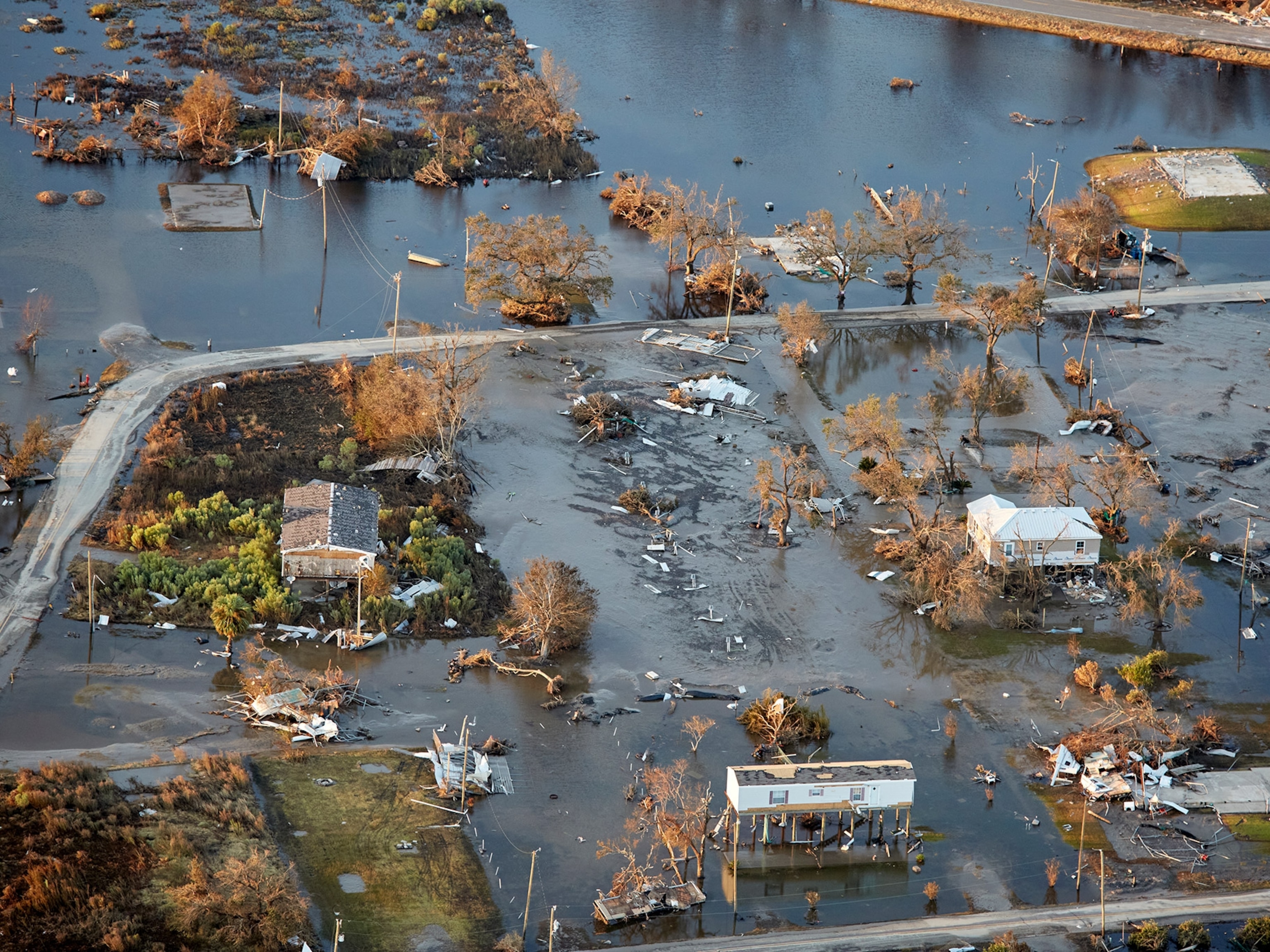To Photograph a Wind Farm You Must Learn to Survive at Sea
The prize was more than thirty miles off the German coast. Rising 300 feet from the surface of the North Sea was a forest of shimmering fiberglass-and-steel wind turbines. In his dreams, photographer Luca Locatelli stood atop a turbine with his camera to capture the essence of Germany’s massive push for offshore wind power.
But his dream would have to wait.


“I have to say that we have severe preconditions for everyone,” wrote an energy company executive. “The photographer needs to have all certificates … [which] include, among other training, the so called ‘survival at sea’ and HUET,” (which stands for Helicopter Underwater Escape Training).


Undaunted, Locatelli and his assistant, Sirio Magnabosco, enrolled in the grueling four-day training, which allowed them access to the offshore wind farms. Magnabosco made a video (at the top of this page) of Locatelli going through the course. The training included weathering a pool outfitted to create stormlike conditions at sea—six-foot waves, thunder and lightning, and wind and rain, all in total darkness.
“I can tell when it’s dark, when there is the wind, when there is the noise of the thunderstorm, somehow you don’t recognize very well that it’s a simulation,” Locatelli recalled. “You are just in trouble. The water is real. The waves are real. So you have to breathe, and you have to swim, otherwise you fail.”


The wind farm that Locatelli was able to photograph, courtesy of DONG Energy, was the Borkum Riffgrund 1 wind farm that was inaugurated this month. The 312-megawatt wind farm has 78 turbines producing enough power for 320,000 German households. Eighteen other wind farms have been built or are under construction in German waters of the North and Baltic Seas.
And, once Locatelli was finally allowed access to the turbines in the sea, he was finally able to make the images that he had envisioned all along.



Locatelli’s first story for National Geographic magazine on Germany’s energy transition, “Germany Could Be a Model for How We’ll Get Power in the Future,” appears in the November 2015 issue.
Related Topics
You May Also Like
Go Further
Animals
- Soy, skim … spider. Are any of these technically milk?Soy, skim … spider. Are any of these technically milk?
- This pristine piece of the Amazon shows nature’s resilienceThis pristine piece of the Amazon shows nature’s resilience
- Octopuses have a lot of secrets. Can you guess 8 of them?
- Animals
- Feature
Octopuses have a lot of secrets. Can you guess 8 of them? - This biologist and her rescue dog help protect bears in the AndesThis biologist and her rescue dog help protect bears in the Andes
Environment
- This pristine piece of the Amazon shows nature’s resilienceThis pristine piece of the Amazon shows nature’s resilience
- Listen to 30 years of climate change transformed into haunting musicListen to 30 years of climate change transformed into haunting music
- This ancient society tried to stop El Niño—with child sacrificeThis ancient society tried to stop El Niño—with child sacrifice
- U.S. plans to clean its drinking water. What does that mean?U.S. plans to clean its drinking water. What does that mean?
History & Culture
- Gambling is everywhere now. When is that a problem?Gambling is everywhere now. When is that a problem?
- Beauty is pain—at least it was in 17th-century SpainBeauty is pain—at least it was in 17th-century Spain
- The real spies who inspired ‘The Ministry of Ungentlemanly Warfare’The real spies who inspired ‘The Ministry of Ungentlemanly Warfare’
- Heard of Zoroastrianism? The religion still has fervent followersHeard of Zoroastrianism? The religion still has fervent followers
- Strange clues in a Maya temple reveal a fiery political dramaStrange clues in a Maya temple reveal a fiery political drama
Science
- Soy, skim … spider. Are any of these technically milk?Soy, skim … spider. Are any of these technically milk?
- Can aspirin help protect against colorectal cancers?Can aspirin help protect against colorectal cancers?
- The unexpected health benefits of Ozempic and MounjaroThe unexpected health benefits of Ozempic and Mounjaro
- Do you have an inner monologue? Here’s what it reveals about you.Do you have an inner monologue? Here’s what it reveals about you.
- Jupiter’s volcanic moon Io has been erupting for billions of yearsJupiter’s volcanic moon Io has been erupting for billions of years
Travel
- Follow in the footsteps of Robin Hood in Sherwood ForestFollow in the footsteps of Robin Hood in Sherwood Forest
- This chef is taking Indian cuisine in a bold new directionThis chef is taking Indian cuisine in a bold new direction
- On the path of Latin America's greatest wildlife migrationOn the path of Latin America's greatest wildlife migration
- Everything you need to know about Everglades National ParkEverything you need to know about Everglades National Park




